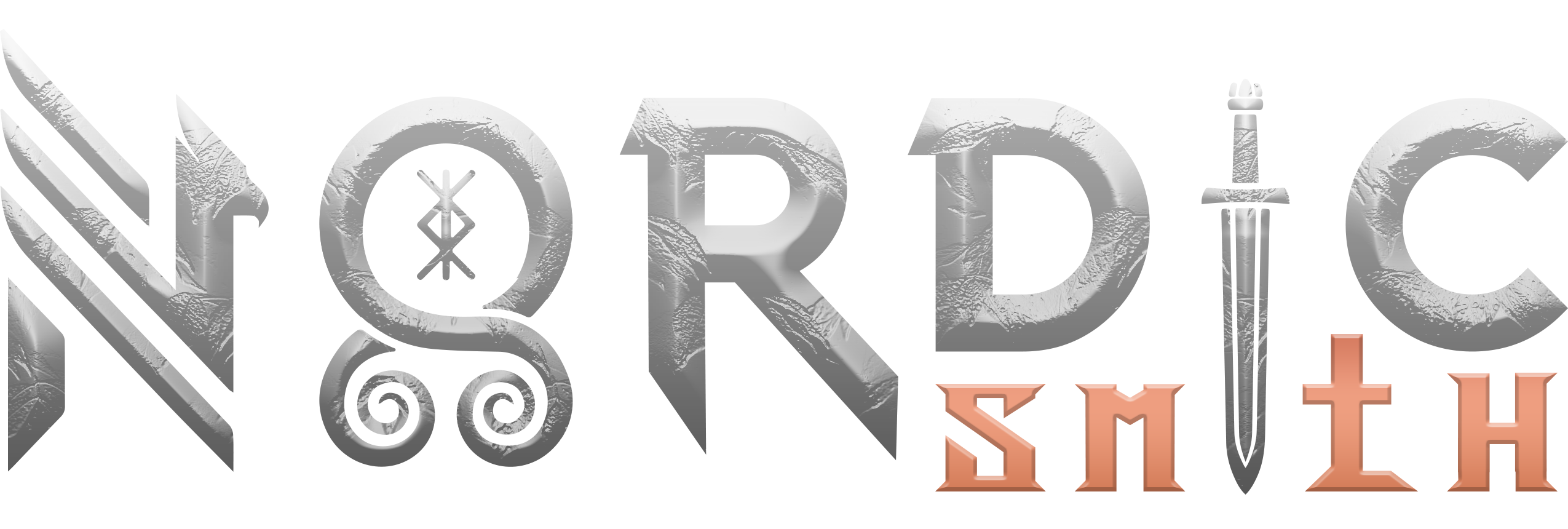When we think of Vikings, we often imagine fierce warriors, epic battles, and grand voyages. But the Norse people also knew how to enjoy a feast. Viking banquets were not just about eating; they were social events filled with storytelling, music, and traditions that strengthened community bonds. Let’s explore what it was like to feast like a Viking.
The Setting: A Grand Hall for Feasting
Viking feasts often took place in the longhouse, the heart of Norse society. These large wooden halls were the centers of communal life, where warriors, farmers, and families gathered to celebrate victories, honor the gods, or mark seasonal festivals like Yule.
- Long Wooden Tables: Guests sat side by side, eating from wooden plates or trenchers (bread bowls).
- Torchlight and Hearths: Fire provided warmth and a flickering glow, adding to the atmosphere.
- Drinking Horns and Wooden Cups: Ale, mead, and other fermented drinks were enjoyed in decorative drinking vessels.
What Did the Vikings Eat?
The Viking diet was hearty and diverse, relying on locally sourced ingredients from farming, fishing, hunting, and trading.
Meats and Proteins
- Roasted Meat: Pork, beef, lamb, and game (deer, elk, and wild boar) were common.
- Fish and Seafood: Salmon, herring, and dried cod were staples, often preserved through smoking or salting.
- Dairy Products: Cheese, butter, and skyr (a type of yogurt) provided essential nutrition.
Grains and Breads
- Barley and Rye Bread: Dense, coarse loaves were a Viking staple.
- Porridge and Gruel: Oat and barley porridge were common, often mixed with nuts and dried fruits.
Fruits, Vegetables, and Herbs
- Root Vegetables: Carrots, turnips, and onions were widely grown.
- Wild Berries: Strawberries, raspberries, and lingonberries added sweetness to meals.
- Herbs and Spices: Dill, thyme, and mustard seeds flavored Viking dishes.
Drinks of the Norsemen
A Viking feast was incomplete without strong drinks, which played a role in both celebrations and rituals.
- Mead: A honey-based alcoholic drink, often associated with gods and heroes.
- Ale: A staple beverage, brewed from barley and enjoyed by all.
- Fruit Wines: Some Vikings made wine from berries when grapes were unavailable.
Feasting Customs and Entertainment
A Viking banquet was more than just eating—it was an event filled with storytelling, games, and music.
- Skaldic Poetry: Skalds (poets) recited epic tales of gods and warriors.
- Music and Dancing: Harps, lyres, and drums set the tone for celebration.
- Boasting Contests: Warriors exchanged boasts about their exploits and bravery.
Conclusion: The Legacy of Viking Feasts
Feasting was an essential part of Viking culture, reinforcing bonds, honoring traditions, and celebrating life. Whether enjoying roasted meats, hearty bread, or a drinking horn of mead, the Norse people knew how to savor a meal in grand style.
At Nordic Smith, we honor Viking traditions with our collection of handcrafted drinking horns, feasting bowls, and medieval cutlery. Explore our selection and bring the spirit of the Norse feast to your home!





